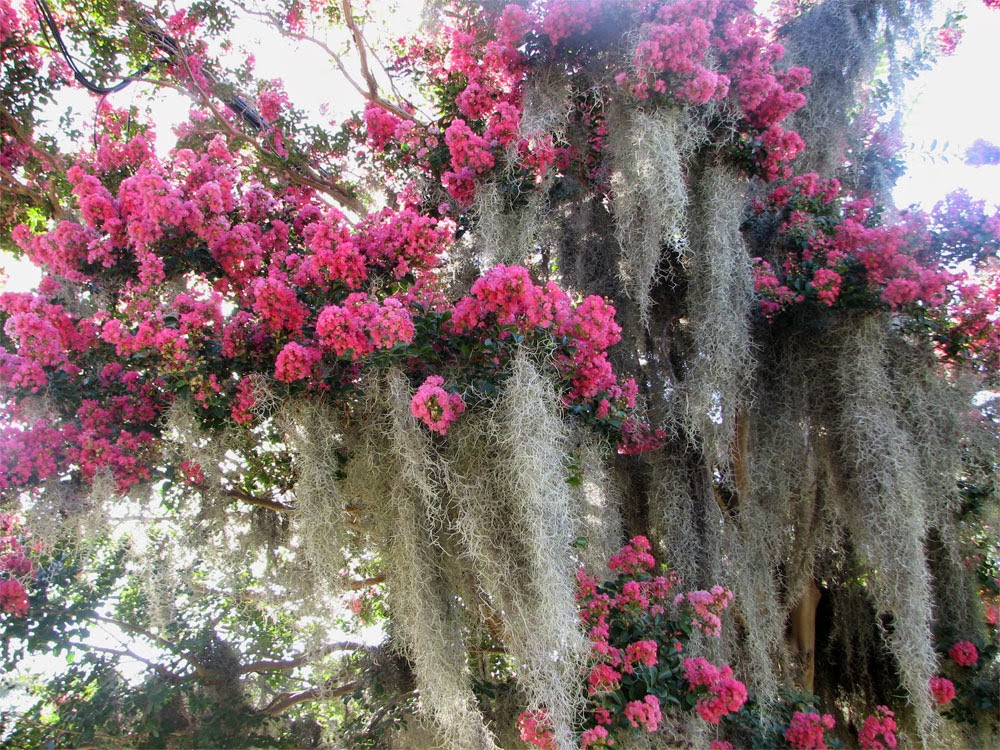
Unfortunately, if you experience severe itching after handling Spanish moss, you’ve discovered chiggers, or redbugs, which also live in the plant. Bats may also live in clumps of Spanish moss, and reptiles and amphibians use the plant as a hiding place. Several species of songbirds use Spanish moss as nesting materials, and some build their nests in the clumps. The plant drapes from the limbs of trees in masses that may be as much as 20 feet (6 m.) long. The tiny blue-green flowers are hard to see, but they give off a fragrance that is most noticeable at night. Trees with Spanish moss are a graceful and elegant sight. Spanish moss ( Tillandsia usneoides) is not a true moss, but is a member of the bromeliad family along with tropical plants, such as pineapples. In fact, a heavy growth of Spanish moss is often seen on trees that are declining in health, but it is not responsible for the decline, though it can, however, strain branches and make them weaker. Therefore, since it doesn’t obtain nourishment from the host plant, it does little or no harm. Spanish moss takes no nourishment or moisture from trees, and only uses them for protection and support. So will Spanish moss kill a tree? Spanish moss is sometimes blamed for problems it didn’t cause. It clings to the supporting tree by wrapping itself around the branches. What is Spanish moss anyway? Spanish moss is an epiphytic plant that makes its own food from nutrients and moisture that it captures from the air and absorbs from surface cracks and crevices on the host plant. So what is Spanish moss and is Spanish moss removal for you? Continue reading to learn more about Spanish moss and then decide for yourself.

That being said, there are still those who would prefer to get rid of it. Trees with Spanish moss can actually be welcome additions by adding something different to the landscape.

Often seen growing in trees in southern regions, Spanish moss is normally viewed as a bad thing.


 0 kommentar(er)
0 kommentar(er)
